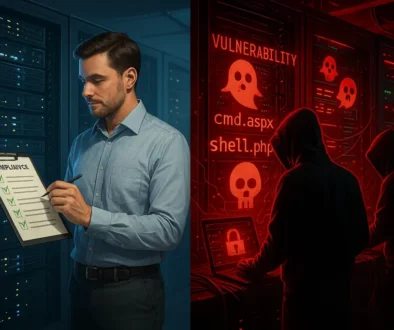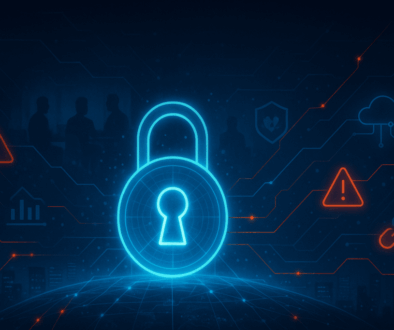Securing Your Remote Workforce

Prior to the global pandemic, in early 2020 there were 4.7 million people in the United States who were working remotely. According to Gartner by April 2020, 88% of the organization worldwide mandated or encouraged their employees to work from home.
Gartner reports that 74% of companies plan to shift some of their employees to remote working permanently. The research results hint towards the fact that the ongoing pandemic is going to create a new normal and will bring about several permanent changes in almost every area of life. It would not be wrong to say that as the majority of people have been working from home for several months now, business leaders have started to realize the cost benefits of having a remote workforce. They plan to shift at least some of their employees to remote work permanently because they have figured out that it is a useful policy for cost management.
According to OpenVPN, 54% of IT professional think remote workers as a greater security risk. As soon as workers are not on-site, it becomes much more difficult to have control over the organization’s security infrastructure. Companies need to take steps to prevent data leaks and similar issues. Employees working on insecure networks outside of their offices (and working on multiple devices) is causing headaches for the information security industry—there’s a bit of scrambling to make sure data is secure in and out of the office.
Areas to focus on security with the remote workforce
In order to protect your workforce from cyber attacks that are less detectable and targeted towards portable data systems, here are a few areas on which to focus:
Devices don’t just mean laptops
Your employees are now accessing information and data on laptops, cellphones, tablets and even wearable devices—is your organization securing every one of these devices? It’s a must. Analysts predict that smart watches will see a high rate of enterprise adoption in the coming years and IT can look to technologies, such as biometrics, GPS, and the type of information being accessed to authenticate the user rather than relying on static passwords. In addition, “bring your own device” (BYOD) policies continue to be a problem when it comes to data leaks. A well-designed BYOD plan that includes wireless LAN controllers and access points, a lightweight security mobility client, and robust identity services will help minimize device risks.
Flexible mobility solutions for flexible generations
Millennial and Generation Z employees grew up with mobility solutions such as broadband, Wi-Fi, laptops, social media and smartphones. These generations are going to expect instant access to information from anywhere, which means organizations must provide collaboration software solutions and secure network connections. Problems arise when remote access across unsecured wireless networks opens companies up to attacks, malicious apps, corporate espionage or other forms of attack. Even traditional applications such as Word and PDF documents can be encrypted with malicious codes launching a ransomware virus.
Formalizing Working from Home and Remote Work Policies
While good technologies and policies help, the truth is that the very employees who make the business go are a primary avenue of security risk. General work from home and remote work policies on computer and internet use can help, and these policies can be enforced with both technical and administrative controls.
These are the security awareness items that will help employees act safely with corporate devices and information no matter where they are working. For CISOs and IT managers, these work from home security strategies can be easily incorporated in official employee and cybersecurity policies. We recommend training staff on these policies when on-boarding new staff, during recurring security awareness trainings, and especially when companies update their security policies.
The ability for employees to work remotely can benefit both the employee and the employer. But organizations must be aware of and focused on the potential security issues that might arise. Here are a few tips for employers on how they can be keeping their workforce secure.



